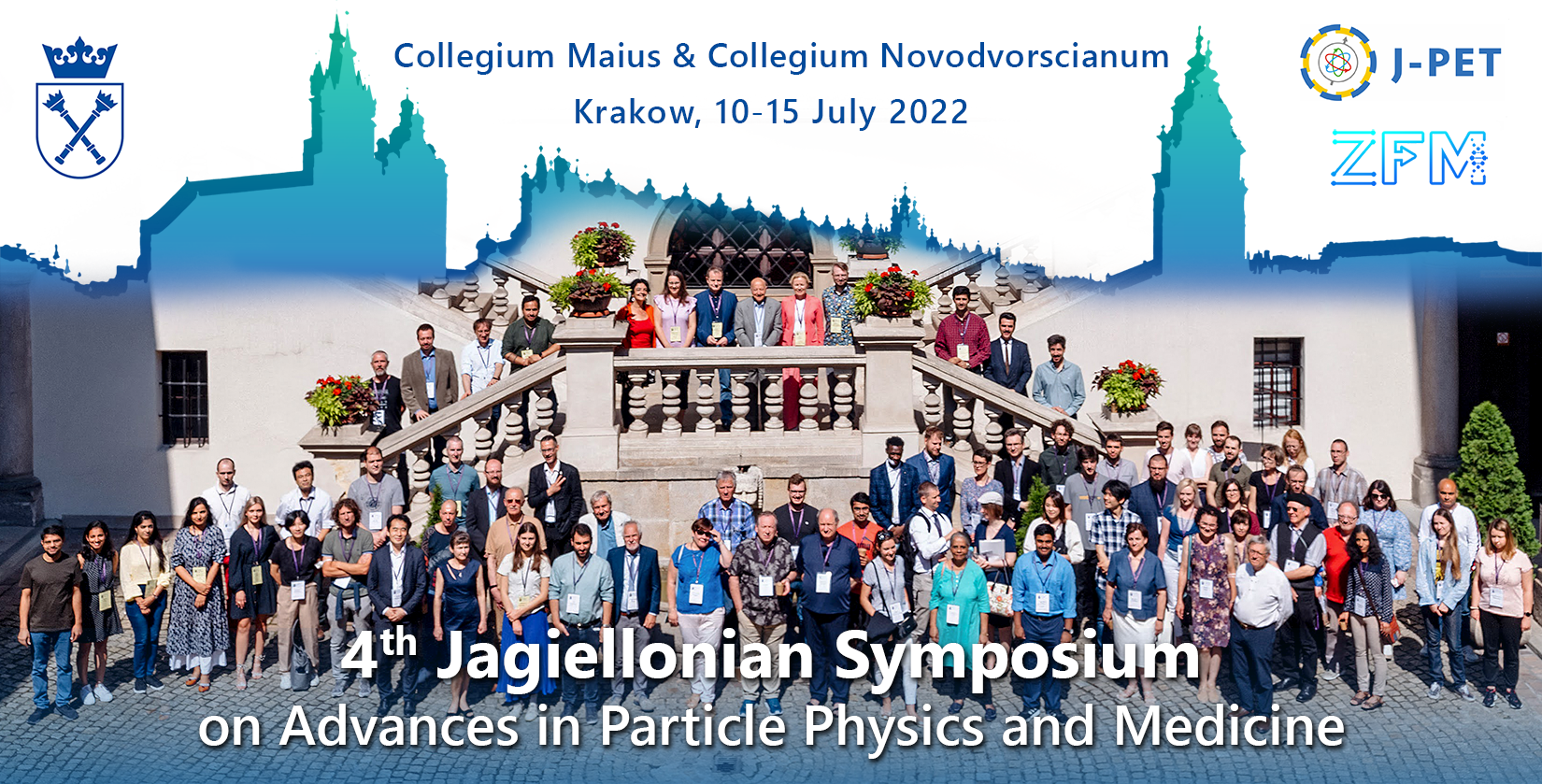Speaker
Description
Author: Magdalena Goździuk
Co-authors: Bożena Zgardzińska, Taras Kavetskyy
Biosensors are devices widely used in many fields of medicine. Using biosensors we can detect biomarkers of pathological states. One of very popular biosensor types are enzymatic biosensors. The biggest advantage of enzymatic biosensor is detection of specific molecules depending on the enzyme used which is associated with the absence of false positives. Sensors of this type are characterized by high sensitivity and selectivity. Enzymatic biosensors have a matrix which improves biosensor detecting abilities and immobilize an enzyme. Matrices can be produced from many types of materials e.g. gel, carbon nanotubes, chitosan, nanowires, polymers etc.
We use Positron Annihilation Lifetime Spectroscopy to investigate nanostructure of biosensors biopolymer matrices based on soybean oil. The matrices are the part of amperometric enzymatic biosensors. The advantage of using polymer matrices is their low resistance so they do not interfere with the detection mechanism. The second important issue is good liquid sorption to a matrix to get better sensitivity. Soybean- oil based matrices were investigated in wide range of temperatures (120 K÷320 K) to determine the phase transitions in samples and analyze nanostructure changes due to temperature. The next stage of research was sorption/ desorption using deionized water, NaCl solution and polluted water. Using PALS we can forecast matrix properties used in biosensor construction basing on ortho-Positronium lifetimes (τ3) and intensities (I3) changes under given humidity conditions and correlate results received using other investigation methods.

